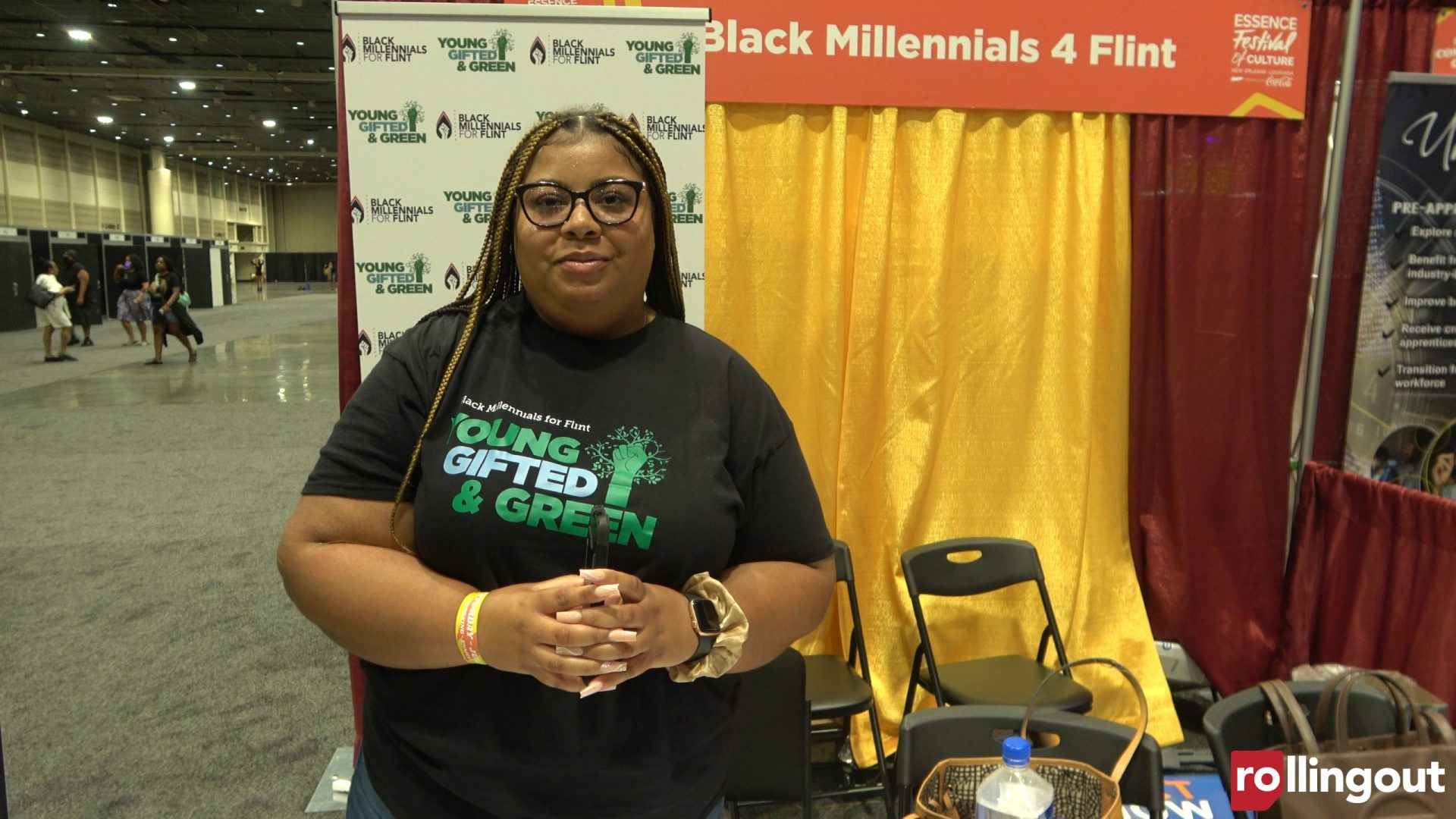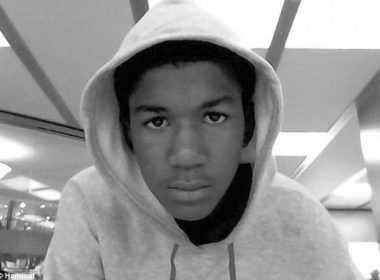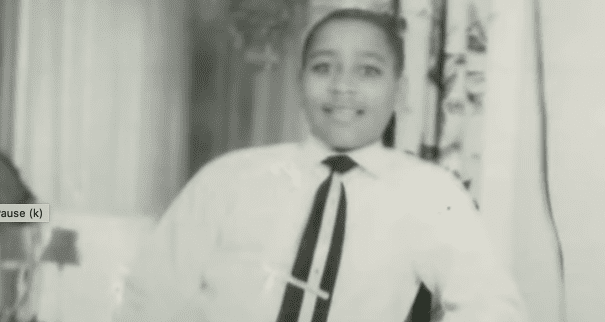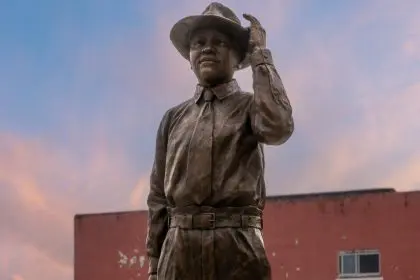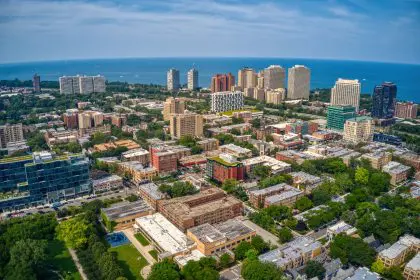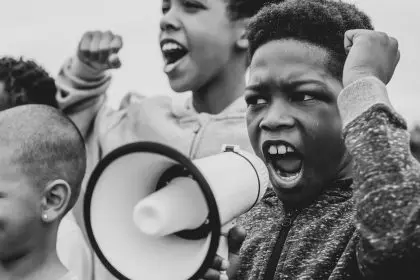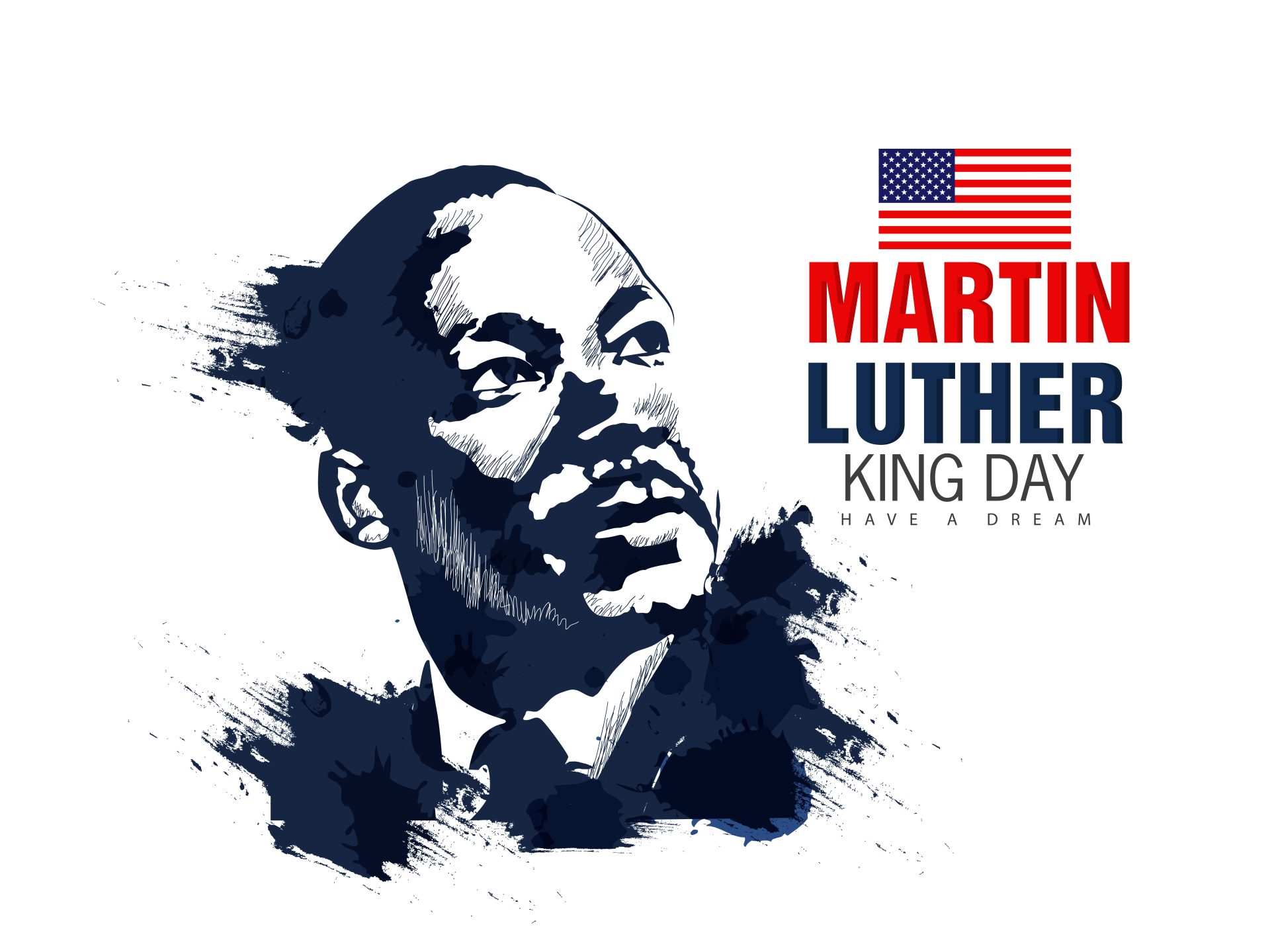
The similarities in the murders of Trayvon Martin and Emmitt Till are stark and eerie: Two young black teenagers, some sixty years apart, made innocent trips to small town stores in the Deep South — and were never seen by their parents again. Both boys were both devoured by cowards.
The verdict in the George Zimmerman murder trial immediately yanked us back in a sort of cultural time machine, back to the black-and-white photo days, back to a time when we thought we’d buried this type of circumstance in a metaphorical time capsule.
Emmitt Till violated cultural morays of the segregated South when he allegedly whistled and flirted with a white woman at that fateful store and was summarily rousted out of the home he was visiting in Mississippi and then beaten, tortured, shot and mutilated before being dumped in a river.
Trayvon Martin was murdered after his visit to a convenience store in Sanford, Fla., by an overzealous neighborhood watch captain and cop wannabe who profiled an unsuspecting teen who had every right to be in that gated community.
So … how’s that “post-racial” society working out for you?
“Post-racial” was the buzz word that spilled from the mouths of the ignorant back in 2008 when then-Sen. Barack Obama won the presidential election, and conservatives relished the idea that they would no longer have their past racial indiscretions and atrocities thrown in their faces anymore. Notice how no one uses that phrase anymore because the concept of post-racialism is as much of a joke as the people who were responsible for coining the term.
The circumstances of Till’s and Martin’s murders are eerily similar, even though one happened in Money, Miss., in 1955 and the other took place in 2012 in Sanford, Fla. — the very city, by the way, whose citizens ran out Jackie Robinson when he integrated baseball and showed up for camp.
Both crimes happened way below the Mason-Dixon line where cultural morays and laws — mainly “Stand Your Ground” and self-defense laws — say a man can exert maximum and deadly force to fend off “assailants.” Till’s murderers were responding to Till allegedly “assaulting” the white female by flirting with her and putting his hands around her waste. (Two seasoned attorneys stated that Zimmerman would have doubtlessly been convicted had the killing of Trayvon Martin taken place in the North because the cultural morays dictate that you retreat from potentially violent circumstances if at all possible.) 
Both black boys were shot in cold blood by killers who harbored ill will and deep resentment in their hearts. (911 tapes clearly capture Zimmerman saying that the “f$%^ punks” always get away). Till’s murderers, just like Martin’s assailant, admitted that they committed the killings. Both episodes elicited national attention and sensational headlines for the brutality and arbitrariness of the killings. Both sets of killers were exonerated in a court of law, jolting urbanites to the core and shocking many others because both appeared to be clear-cut cases of defendants who brazenly and flagrantly violated laws and that a jury would find them both guilty.
Both black boys’ perceived “boldness” resulted in their murders. Both cases are jarring because they impede maturations of black boys and make them question even more if they really do have the rights of their white counterparts. If Emmett Till had been white and had been flirting, he’d still be alive. If Trayvon Martin had been white, there is no doubt that George Zimmerman would not have followed the young teen, and he would not have gotten out of his car with a nine-millimeter pistol with a round in the chamber in the dark of the night to track him down, causing the confrontation. Both boys are dead because they are black.
Both child murders caused seismic cultural quakes that reverberated throughout urban America nationwide because it gave African Americans a debilitating, deflating feeling that their lives have little to no value in America. It also, rightly or wrongly, says to many blacks that there are no laws that whites are bound to respect when it comes to African Americans. A police officer feels free and justified, for example, in shooting a young black man in the back even though he is splayed out on his stomach, in handcuffs, and posed no threat to anyone much less law enforcement.
Till’s murder happened in August 1955, just months before a 42-year-old seamstress, who resided in the next state over from Mississippi, refused to give up her front seat on a segregated bus, sparking the Montgomery Bus Boycott. If Rosa Parks’ singular act of defiance was considered the flame that heated up the beginning to the Civil Rights Movement, then Till’s national murder has to be seen as the spark the got the fire burning in the first place.
Let’s just hope that the raw emotions emanating from this excruciatingly painful tragedy that was the Trayvon Martin’s murder can be cultivated and harnessed once again to bring about long overdue changes for the positive — nearly 60 years after Emmitt Till was found at the bottom of a murky river.


